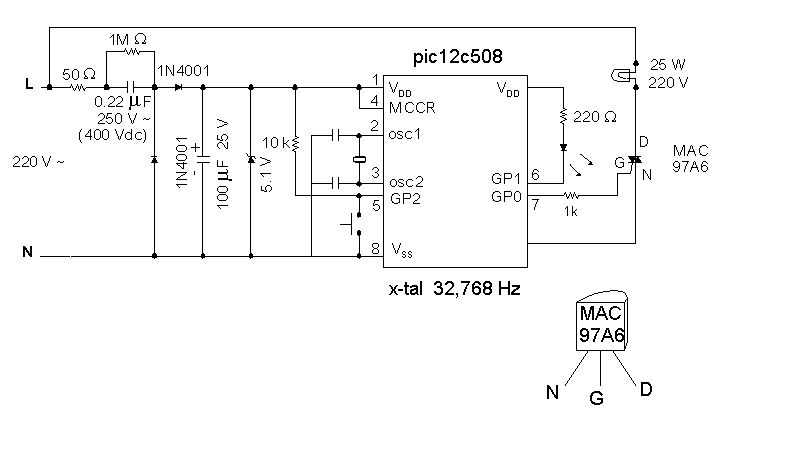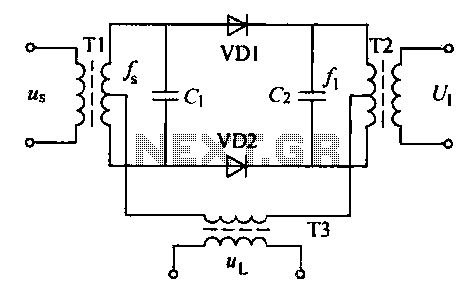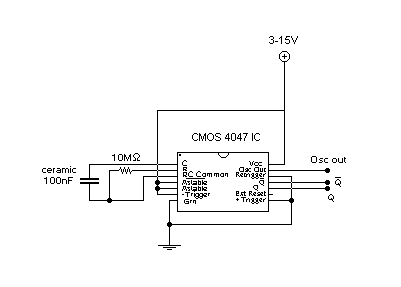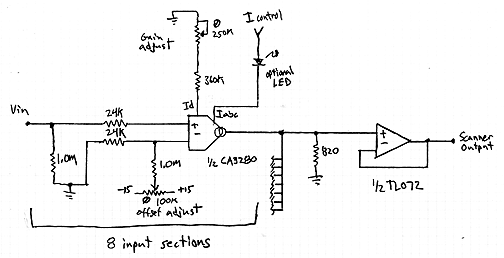
Volume Control Circuit Schematic using DS 1669 Potentiometer IC

A digital volume control circuit diagram utilizing the DS1669, a potentiometer integrated circuit. This circuit can serve as a digital volume controller for audio amplifiers and various other applications.
The digital volume control circuit employs the DS1669 integrated circuit, which functions as a digital potentiometer. The DS1669 is designed to provide precise control over resistance, allowing for accurate volume adjustments in audio applications. The circuit typically consists of a microcontroller that interfaces with the DS1669, sending digital signals that dictate the desired resistance level.
The DS1669 features a series of terminals: two for connecting the power supply, one for the wiper output, and two for the fixed resistors. The wiper output can be connected directly to the audio signal path, enabling the adjustment of the signal amplitude based on the selected resistance.
In practical applications, the circuit can be connected to an audio amplifier, where the output from the DS1669 adjusts the input signal level. This setup allows for smooth volume changes without introducing noise or distortion, making it ideal for high-fidelity audio systems.
The control interface can be designed using buttons or a rotary encoder, providing user-friendly volume adjustment. Additionally, the circuit may incorporate feedback mechanisms to ensure the volume level is displayed accurately, enhancing user experience.
Overall, the digital volume control circuit using the DS1669 is a versatile solution for modern audio systems, offering reliability and precision in volume management.A digital volume control circuit diagram using DS 1669, a potentiometer IC.This can be used as a digital volume controller for audio amplifiers and other applications.. 🔗 External reference
The digital volume control circuit employs the DS1669 integrated circuit, which functions as a digital potentiometer. The DS1669 is designed to provide precise control over resistance, allowing for accurate volume adjustments in audio applications. The circuit typically consists of a microcontroller that interfaces with the DS1669, sending digital signals that dictate the desired resistance level.
The DS1669 features a series of terminals: two for connecting the power supply, one for the wiper output, and two for the fixed resistors. The wiper output can be connected directly to the audio signal path, enabling the adjustment of the signal amplitude based on the selected resistance.
In practical applications, the circuit can be connected to an audio amplifier, where the output from the DS1669 adjusts the input signal level. This setup allows for smooth volume changes without introducing noise or distortion, making it ideal for high-fidelity audio systems.
The control interface can be designed using buttons or a rotary encoder, providing user-friendly volume adjustment. Additionally, the circuit may incorporate feedback mechanisms to ensure the volume level is displayed accurately, enhancing user experience.
Overall, the digital volume control circuit using the DS1669 is a versatile solution for modern audio systems, offering reliability and precision in volume management.A digital volume control circuit diagram using DS 1669, a potentiometer IC.This can be used as a digital volume controller for audio amplifiers and other applications.. 🔗 External reference





